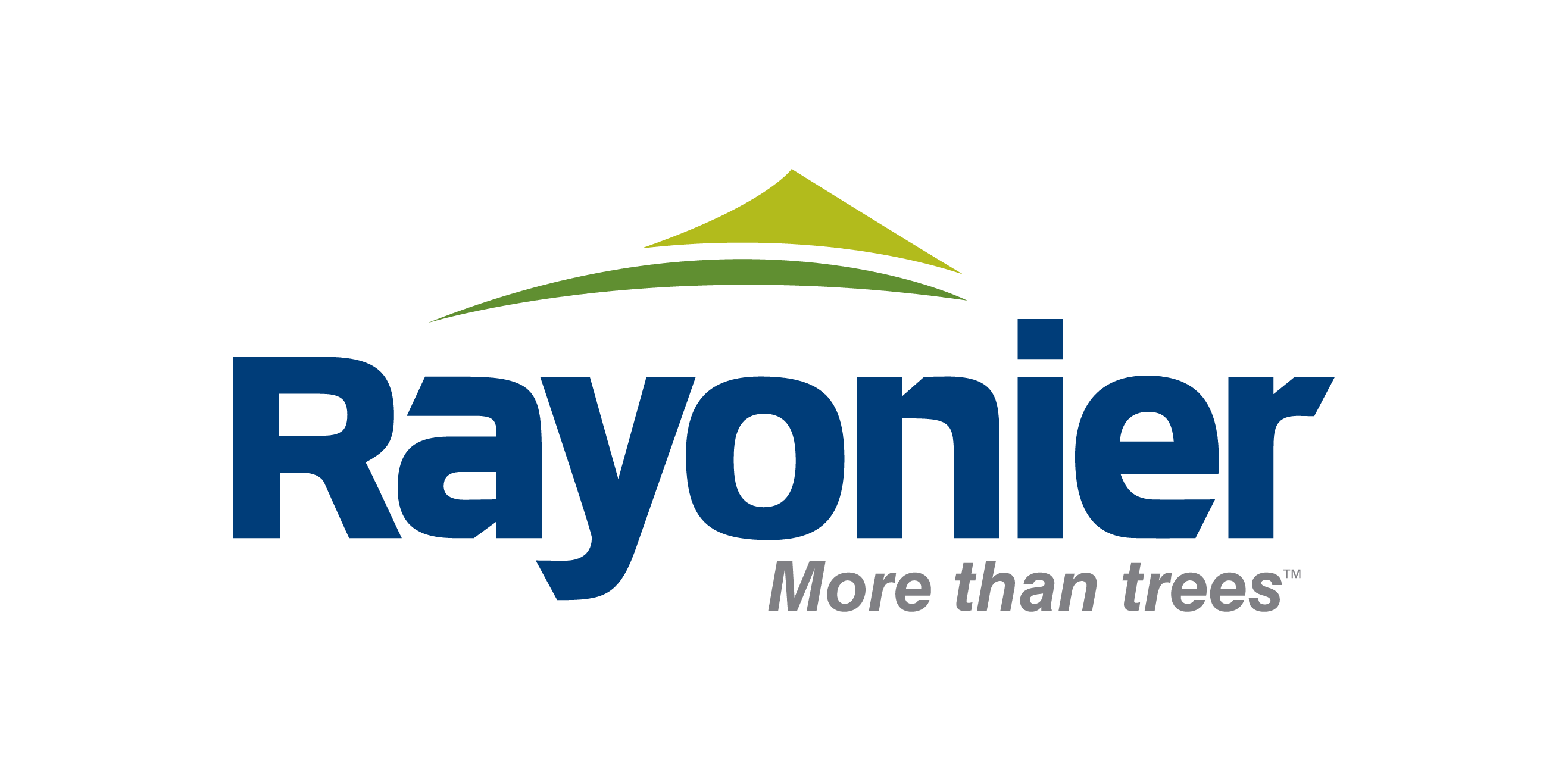Biodiversity in Rayonier Forests: Protecting a Vast Array of Ecosystems
To discover the plants and wildlife in our forests ecosystems across the U.S. and New Zealand, we invite to explore our interactive biodiversity website at https://biodiversity.rayonier.com/.
At Rayonier, we’re not only in the business of timber production: we provide and protect a variety of expansive, diverse habitats. Through a carefully-managed harvesting and replanting cycle, working forests are composed of a mosaic of forest ages. This provides a biodiverse landscape. Biodiversity plays a critical role in the health of our forests and the ecosystems which rely on them.
Our forests are third-party certified by the highest sustainability standards in our industry, including the Sustainable Forestry Initiative in the U.S. and the Forest Stewardship Council and Programme for the Endorsement of Forest Certification in New Zealand. We voluntarily submit to these standards to ensure we’re protecting the environment and the species within the ecosystems we’re responsible for while our trees grow. Auditors routinely inspect our forests and interview our employees to ensure we’re meeting the standards.
To protect biodiversity in the U.S., for example, we only plant tree species that are native to the region we are growing them in. We protect waterways and ensure chemical treatments are kept far from these areas. We locate and protect the habitats of vulnerable species like bald eagles, gopher tortoises and northern spotted owls.
And because we manage our harvests in a way that ensures we have a variety of forest ages in each region, this is good for biodiversity since different forest ages support different types of species. For example, open, sunlit young forests allow plants like berry bushes to grow, providing food for grazing animals and pollinators. Older, shaded forests provide shelter to tree-dwelling species and food like pinecones and acorns. The variety of forest ages is also good for our business, as it ensures we will continue to have a sustainable supply of wood for generations to come. Whenever we harvest a forest, we typically replant many times more trees on the same site within a year or two.
As a responsible steward of the land, however, we do not manage all of our land for timber production. In the U.S., about a third of our land is wetlands we choose to protect rather than actively manage for timber.
To discover the plants and wildlife in our forests ecosystems across the U.S. and New Zealand, we invite to explore our interactive biodiversity website at https://biodiversity.rayonier.com/.

